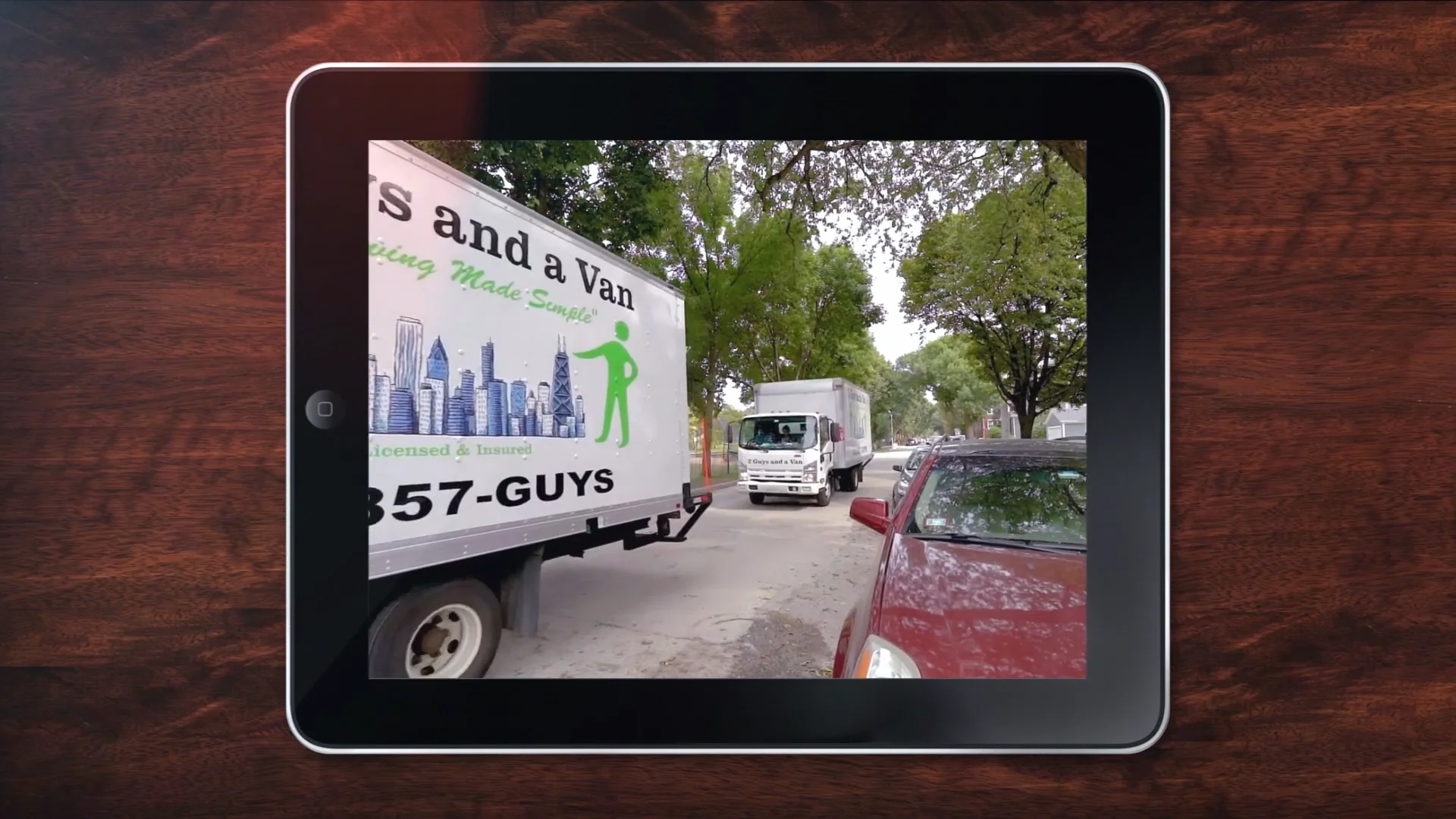 The overall moving process can turn out to be stressful due to many reasons. Moving is a procedure involving mixed emotions. In some ways, it is the beginning of a new adventure as you are taking initial steps towards moving to a new location and meeting new people. But there are many changes involved in moving. Moving stress occurs as a result of these emotions. If the stress crosses certain limits it will have a detrimental effect on your mental and physical health. Here are some concrete steps for alleviating moving stress.
The overall moving process can turn out to be stressful due to many reasons. Moving is a procedure involving mixed emotions. In some ways, it is the beginning of a new adventure as you are taking initial steps towards moving to a new location and meeting new people. But there are many changes involved in moving. Moving stress occurs as a result of these emotions. If the stress crosses certain limits it will have a detrimental effect on your mental and physical health. Here are some concrete steps for alleviating moving stress.
1. Have the right attitude: Additional stress can result in a person becoming pessimistic and lose focus on the tasks at hand. You can get bogged down and have more stress. Try to have a can-do attitude through the difficult portions involved in moving. Concentrate on the positive aspects of moving such as meeting new people and exploring the new location. Even focusing on a single good thing such as proximity to a new restaurant can help you maintain positivity and mitigate the stress. Keep in mind that moving is a temporary thing and you are required to move your things just once.
2. Perform proper research: One of the important reasons why moving can be stressful is because of the changes it brings to your life. Things can only get worse if you jump into the unknown. Therefore perform your research before moving and find out how the new location looks like, the best roads to use, the nearest restaurants and grocery stores, and other related things. If you are armed with this information you will start feeling comfortable about the new home. It will also make life easy and help you focus on positive things.
3. Making a moving checklist: The moving checklist can bring order to the otherwise chaotic process of moving. If you break down into easy to manage steps it will result in the whole project becoming realistic. You will also find satisfaction every time an item is checked off from the list. Although most checklists are different it needs to have some essential elements such as,
- Getting sufficient boxes.
- Making the down payments.
- Having travel plans.
- Packing all things.
- Placing everything in a storage unit.
4. Make an early beginning: Like in the case of almost everything if you leave packing, cleaning, and moving to the last minute it is likely to increase your stress a great deal. You can do some portions of the move before the moving date such as decluttering. Other things such as packing can be done over a few days or even weeks. Leave only the essentials items from the checklist for the last day.
5. Use the right supplies: One of the last things you should be worrying about while moving is the safety of your possessions. Even in case of straightforward moves boxes and furniture can get damaged many times. This risk is higher for long-distance moves. Take additional care before and during the move to avoid damage. Make use of the right supplies such as sturdy boxes, bubble wraps, and moving blankets for protecting your possessions. Make sure that you have a capable crew for moving although it can be either be professionals or friends.
6. Say the goodbyes and hellos: This might be one of the more difficult parts of the moving but it is also one of the more important ones. Saying goodbye is critical for getting closures. This is also an opportunity to have the right plans for seeing your family and friends in the future. After you have arrived at the new location you may want to take some time out to say hello to your new neighbors and colleagues. Also, look for any new clubs you might be able to join in the community. The more social you are the faster you can integrate into the new community.
Moving is so stressful because it disrupts the routine. The sooner you have unpacked and settled in the new place, work, and community the sooner you will feel grounded and begin the new chapter in your life. You need to keep your calm through the entire process of moving. In case you are not able to perform the bulk of moving by yourself, it is a good idea to get help from professionals. You can get in touch with experts from 2 Guys and a Van for moving help in the Chicago, IL area.
Picture Credit: Pexels


